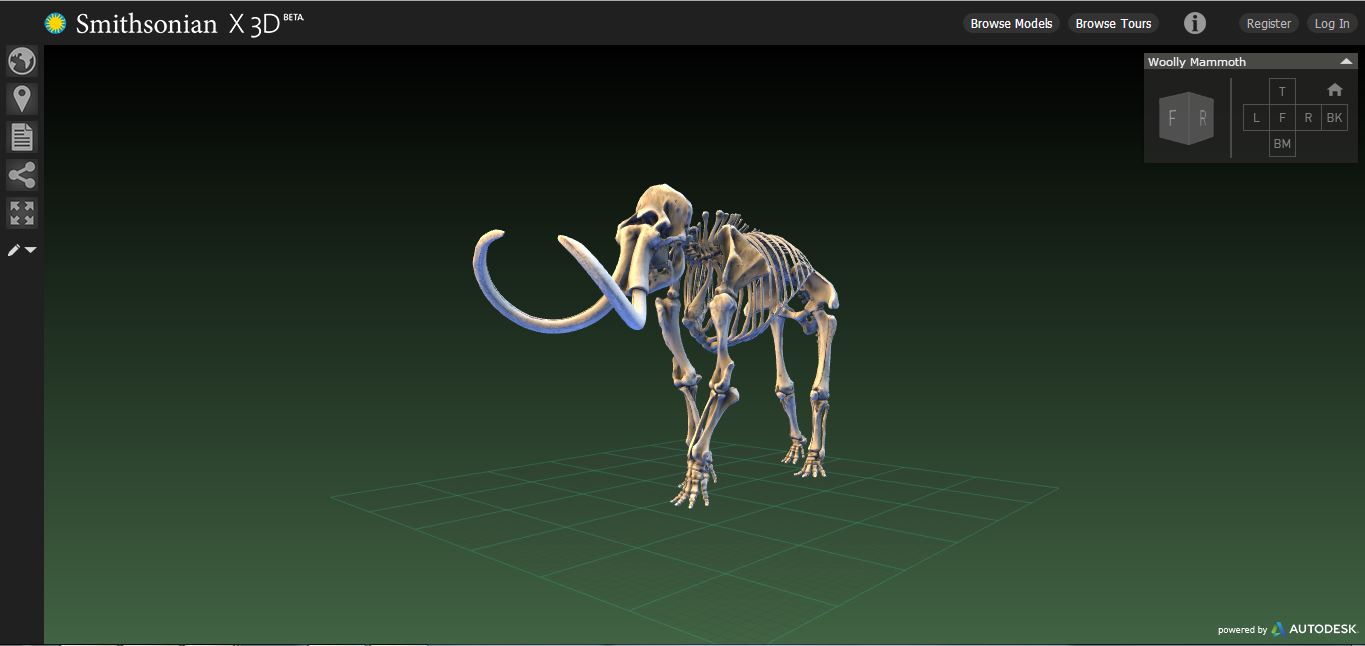The Forgotten Naturalist

By Joykrit Mitra
BU News Service

At the time of his death in 1913, Alfred Russel Wallace was the most famous scientist in the world. He was acknowledged as the co-discoverer of evolution by natural selection, along with Darwin. He’d travelled the world, discovered thousands of new species, collected countless natural specimens and hobnobbed with natives closer than any Victorian gentleman would deem proper. But in today’s world, a scientist’s life rarely resembles an adventure story, and few remember him.
Some ideas we associate with Darwin were actually Wallace’s. Darwin’s trumpeters shoulder some blame for Wallace becoming a mere footnote, but so do common misconceptions about the 19th century.
Wallace was one of the most progressive men of his time, yet he attended séances and advocated phrenology, a pseudoscience that co-related intelligence with skull shape. Wallace seems a man of contradictions to modern eyes. Yet, a picture of Wallace that is surprisingly reconcilable with current ideas emerges when we examine the history of the idea of natural selection.
These days, the term natural history is less widely known than it was in its heyday in the 19th century. DNA had not been discovered, and biologists still looked for answers beyond the microscope.
In Victorian England there wasn’t much variety among organisms and fruits. Poets still thought that nature had arranged everything for the convenience of man. But Darwin and Wallace left their comfort zones and entered the wild. Here, man was intruder and nature was hostile. Both men encountered new species and other races. While they reached the same conclusion in one regard, they interpreted some observations differently.
Darwin resolved the conundrum of why males in certain bird species were highly ornamented— it increased their visibility to predators— by arguing that the males were selected to be bright and showy to affect female choice. But Wallace countered that brightness was the default state and females were the ones selected to be drab, for sake of camouflage, since they were sitting on the nests.
‘Survival of the fittest’ wasn’t Darwin’s idea either. Darwin thought male butterflies chose the most beautiful females via an innate aesthetic sense. Wallace argued that choice had nothing to do with aesthetics but that females were simply choosing stronger and healthier males.
“In his copy of Darwin’s writing, Wallace goes through and crosses out ‘natural selection’ and writes the term he prefers to use – Herbert Spencer’s term ‘survival of the fittest’,” says Wallace historian Andrew Berry. “Wallace thought Darwin’s term implied an artificial selector who was influencing natural selection.”
Wallace was one of the rare non-racists of his time. Darwin experienced the Beagle voyage from a gentleman’s cabin, but Wallace’s working class upbringing had etched in him fewer inhibitions. His day-to-day interactions with “savages” convinced him they were not inferior, and could be schooled in the arts of civilization. But it also led him to propose something radical about the human brain, which resulted in a major break with Darwin.
Wallace proposed that once natural selection had honed the human body it moved on to the brain. But natural selection only endows traits that are immediately useful for survival. The “savages” he encountered were quick learners, despite the fact that nothing in their barbaric state could give rise to the mental faculties necessary. Wallace concluded that the human brain was over-engineered, with innate faculties that were useless to man in a state of barbarism, but could be called into use later.
“What Wallace saw was that your local ‘savage’ had the same sized brain and equal mental capacities to that of a naturalist in Britain,” says George Beccaloni, curator of the Wallace Collection at Natural History Museum, London. “So how could it be that the human brain evolved to such complexity, more than is actually needed? How did this organ arise?”
Wallace’s answer did not please the Victorian scientific establishment. He declared a supernatural force had intervened, and was branded a heretic.
Wallace was a true renaissance man. He went on to earn praise from John Stuart Mill for a treatise on political economics, and founded the field of astrobiology. His work ‘Man’s Place in the Universe’ was the first to speculate on conditions necessary for life on other planets. Today, he is recognized as the father of biogeography – the study of how different species are distributed in relation to land – and as one of the earliest conservationists.
“Wallace is seen more as a dilettante,” says Berry. “Darwin consolidated on his theory, kept publishing things in support of previous ideas. But for Wallace, it was just this one thing he did, and moved on.”
Wallace remained a materialist until very late in life. He continued to believe that everything in nature—apart from the human mind— could be explained by natural laws. Yet he never questioned the existence of a spirit world. Perhaps the reason Wallace is forgotten is that it makes us uncomfortable that a man of genius could comfortably straddle, what seems to us, such incongruent subjects.




